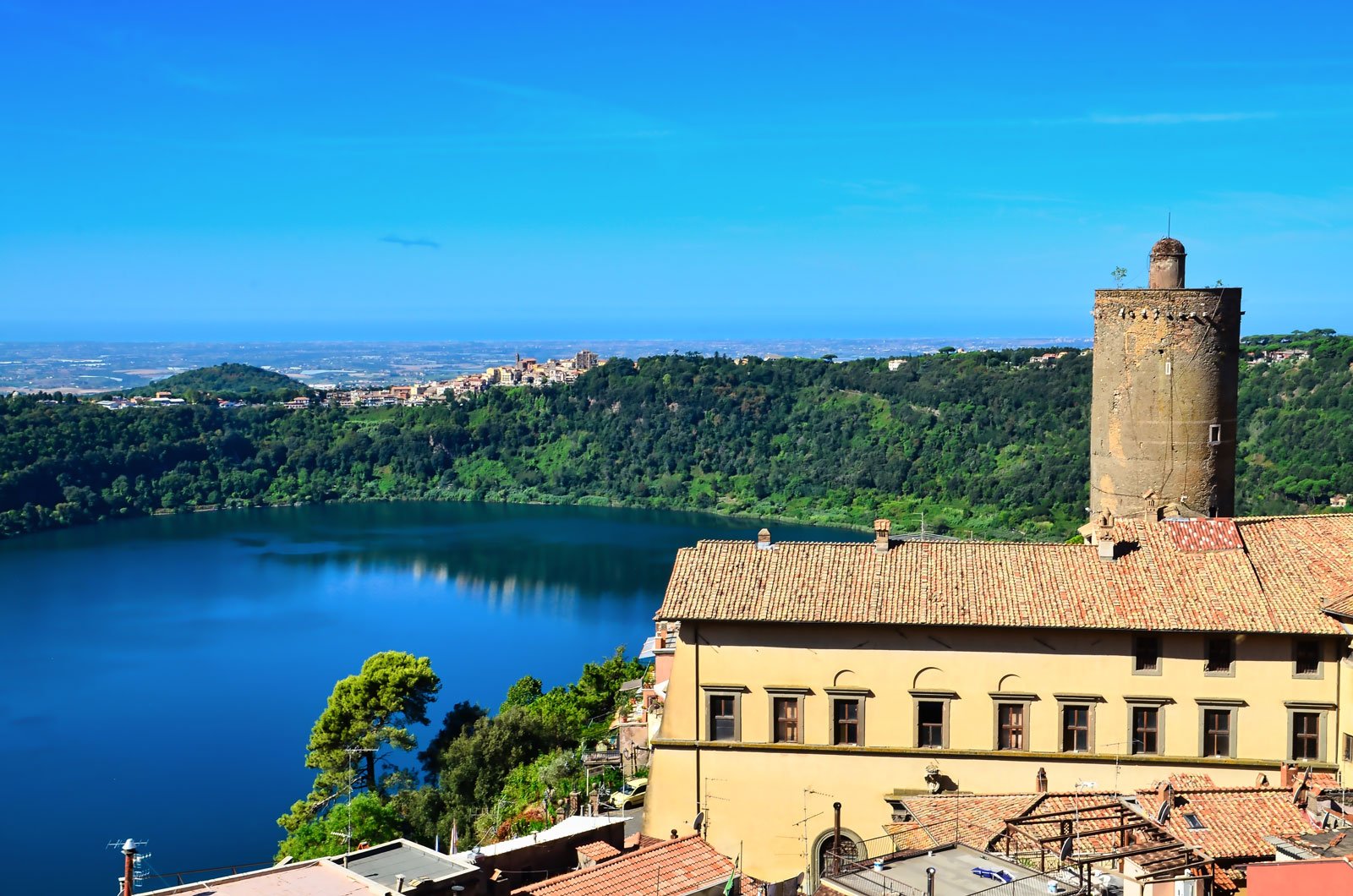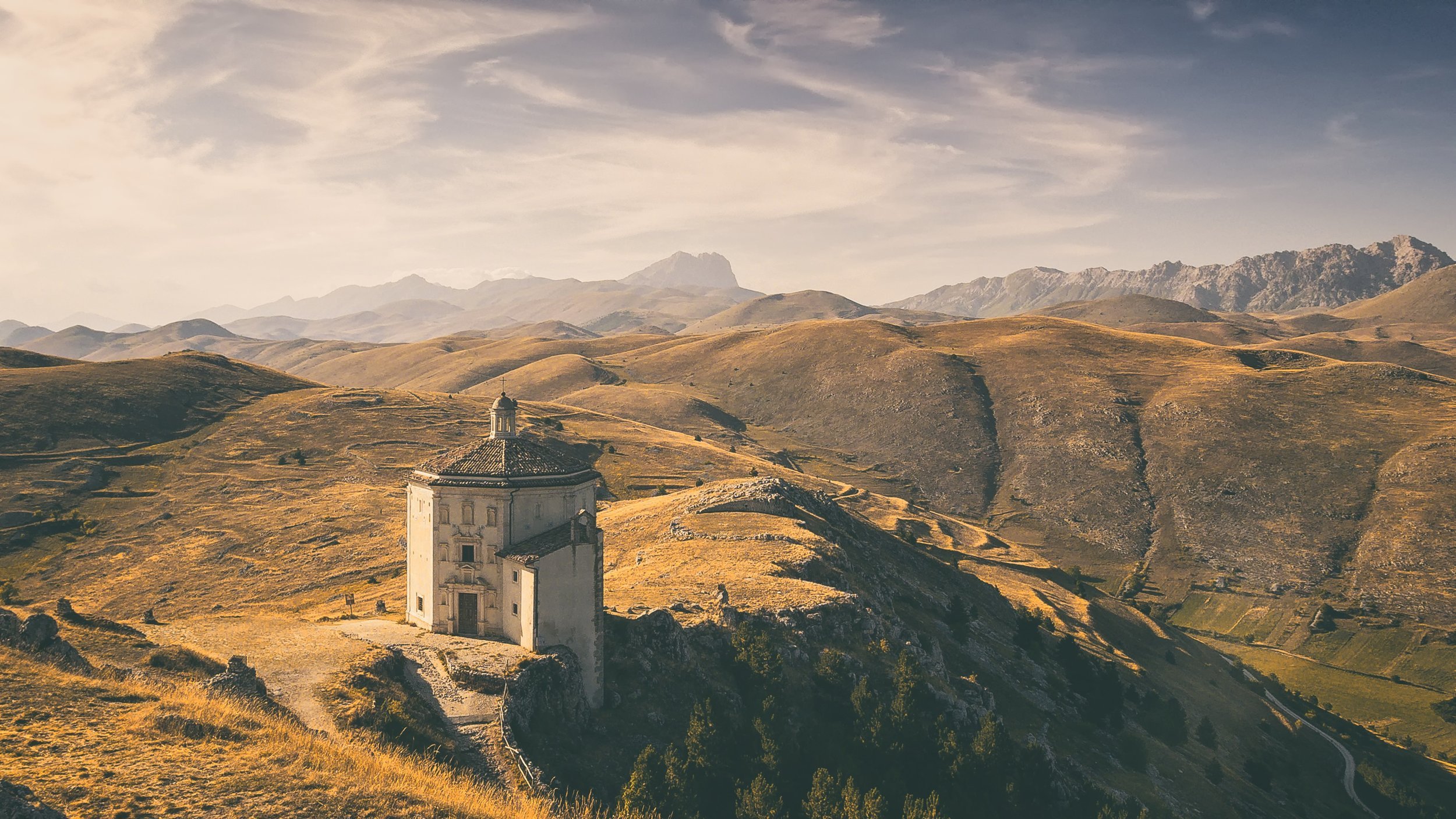
Why i’m not done with italy
Dr Kathleen Olive, Limelight Arts Travel director
11 July 2023
Perhaps you read a recent article in a major Australian newspaper that decried Italy in the high season. It’s crowded. It can be expensive. There’s a frustrating lack of infrastructure in one of the world’s most popular tourist destinations. I’m not here to argue with any of that – how could I, when much of this is true?! – but unlike the article’s author, I’m reaching a different conclusion. I’m not done with Italy.
Like much of that newspaper article, this is hardly newsworthy. I’m an Italianist by training, and in addition to my scholarly research I’ve been speaking Italian for over thirty years now. I’ve led small group cultural tours to Italy since 2003. Curated itineraries to Italy are hallmarks of the company I founded last year with my colleagues and fellow Italianists Robert Veel and Nick Gordon. You’d hardly expect me to be done with Italy.
But I have watched as visitor numbers to major Italian cities have increased, so that the so-called “shoulder season” – the months just before or after peak, when there are fewer people and prices ease – has shrunk to the time between November and early March. I’ve seen how online reviews, click-bait articles and even television shows like The White Lotus can cause some hotels, restaurants, museums or neighbourhoods to become overnight sensations, while equally fantastic places languish unknown, unvisited, underfunded.
And I’ve also seen the toll all this has taken on the hospitality of the Italian people, one of the most generous I have encountered anywhere, who recognise the importance of tourism to their economy – and are also incredibly proud of their culture – but struggle to maintain the quality and enthusiasm of their offering in the face of over-tourism.
So while it’s understandable that I would not be done with Italy, why should you not be done with it? For one thing, Italy is not just Rome, Florence, Venice or – lately – Taormina. At Limelight Arts Travel, we love all of these places. We believe there is an optimal time to visit them all. We even maintain – pace Australian journalists – that you can visit them in the busier seasons and still have a wonderful time. (But you’ll have to be clever about it.)
Lake Nemi, just south of Rome: a museum of ancient Roman ships, a medieval village, an annual celebration of the local strawberry – and all in this spectacular location!
GETTING clever about italy
In Rome, try visiting any of the myriad excellent museums or superlative churches that lie beyond the Forum, Colosseum and Vatican. Hop on a regional train or bus and head to Ostia Antica, Lake Nemi, Frascati and the Alban Hills. In Florence, visit after Epiphany (January 6) and you will find quiet churches and galleries, friendly restaurateurs, and, usually, clear blue skies. In January this year my group had Michelangelo’s Medici Chapels and even Botticelli’s Spring almost entirely to ourselves.
At other times, it’s about picking a good alternative. Taormina is a delightful Sicilian village for a holiday that emphasises sea and sand, with a gentle side of culture … but so are Cefalù and Trapani. I can’t argue with Venice’s millennia of history and art – my colleague Robert Veel, resident there for part of every year, would have my hide if I tried – but if you want to experience canal-side life without the high-season crowds, Treviso and Chioggia are both pretty alternatives. And you can even get your fill of Venetian art and architecture with an easy day trip from either of them by train or boat.
Not staged: this is what the Uffizi looks like in January, so why go in high-season May or June if you don’t have to? (photo: Kathleen Olive)
Italy is more than the Italians
The other reason I’m not done with Italy is because, once you push past the rewarding destinations that we all know, there is a lot more of the country to discover. Italy’s strategic position in the middle of the Mediterranean means that almost every European civilisation of note has spent some time there.
Interested in prehistoric cultures? Head north to the Dolomites for World Heritage-listed rock art (with a side of rich alpine cuisine), or south for ancient cave-dwellings such as in Sicily’s Cava d’Ispica.
Ancient mariners more to your tastes? You can admire the extensive remains of Phoenician ports, with their double harbours and even a tophet, in Sicily’s Mozia and Sardinia’s Tharros. Moving back in time much earlier than these sophisticated traders, Sardinia’s Bronze Age sites are among the Mediterranean’s best preserved, its nuraghi or defensive towers, sacred step wells and varied tomb styles set in locations of a wild (and unvisited!) beauty.
Aosta offers one of the best-preserved Roman sites outside of Rome. The temples of Agrigento open a more comprehensive window onto Greek art and architecture than those of Athens. Central Italy – even just central Bologna! – offers an embarrassment of Etruscan riches. And because Italy is relatively small, at least in comparison to our own country, none of these places are more than a two-hour drive from a major city.
Tharros, a Punic and Roman site on Sardinia’s spectacular western coast
ANOTHER ITALY
Recently, however, I’ve personally become more interested in introducing Limelight Arts Travellers to Italian places that they’re less likely to know – such as Abruzzo, with its mare e monti, or the elegant towns of the north, like Padua, Ferrara, Turin. Or perhaps ones that they’re just less likely to have visited, such as complex and cosmopolitan Milan, for too long relegated to a convenient stop-over.
Doing this requires a different approach, for a tour leader but also for a cultural tour operator such as Limelight Arts Travel. As a company, it requires true expertise. We have to know Italy very well, to begin with. And then we still need to do our research: identifying suitable hotels, finding good local guides, trying out restaurants or working out how a coach can get people close to a tight spot. We always joke in the office that it’s a hard job, but someone’s got to do it … yet the reality is, we take this work seriously.
Sharing Italy’s lesser-known side also requires a passion for its lesser-known history: did you know, for example, that some of the country’s best medieval art lies in tiny villages high up in the Apennines, all thanks to an ancient sheep-droving track? Or that the Lombards, for centuries seen as yet another of the barbarians that invaded Italy during the so-called Dark Ages, actually had one of Europe’s most refined material cultures? Or that some of Europe’s most inventive baroque architecture is to be found in courtly Turin?
Santa Maria della Pietà against the backdrop of the Apennines’ highest peaks, not far from the “Sistine Chapel of the Abruzzo,” a frescoed medieval church in tiny Bominaco
HOW TO GET THERE
A passion for lesser-known Italy also asks something of you, our Limelight Arts Travellers. It asks that you accept that while locals will be warm and welcoming, they may not speak much English. Meet them halfway with your own words of Italian, and they’ll love you for it.
You’ll need to recognise that the infrastructure is just not the same as in the major cities, for so many reasons. There are those provincial hotels in repurposed old buildings, each room (and, particularly, bathroom!) a different size to the next. Some highways in regional Italy make me nostalgic for the standards of the DMR. And we’ve all encountered those excellent village museums that only operate on country time – just go and have a coffee, they tell you, and we’ll come and get you when we’re ready to open.
Regional Italy has not been welcoming large numbers of visitors since the eighteenth century, as Venice, Florence, Rome and even Naples have. It does not receive the same amount of funding from the Italian government, the EU or luxury brands looking to advertise on a heritage facade.
But it does have millennia of history, a diverse linguistic heritage, a melting pot of faiths, proud local food and wine traditions, outstanding art, architecture and archaeology – and welcoming people. The great histories and ideas that took root in Italy spread throughout much of the world, by fair means and foul, and we still have much to learn about why they were such a dominant force. And Italy, with its high art but also its art of everyday life, that dolce far niente that spreads its sweet ease over even the most jaded tourist, can still offer us a taste of the sublime.
These are the reasons why I’m not done with Italy, and why I think you shouldn’t be, either.
Outstanding fifteenth-century secular frescoes in Piedmont’s Manta Castle
Carefully designed and thoroughly researched itineraries to Italy are a core feature of Limelight Arts Travel’s tour program. From our directors to the team working in our office, each of us has twenty years or more of expertise in cultural travel to Italy. Groups are limited to 16 or 20 participants, depending on the type of itinerary, and most are accompanied by professional local tour managers. All of our tour leaders are subject area experts.





